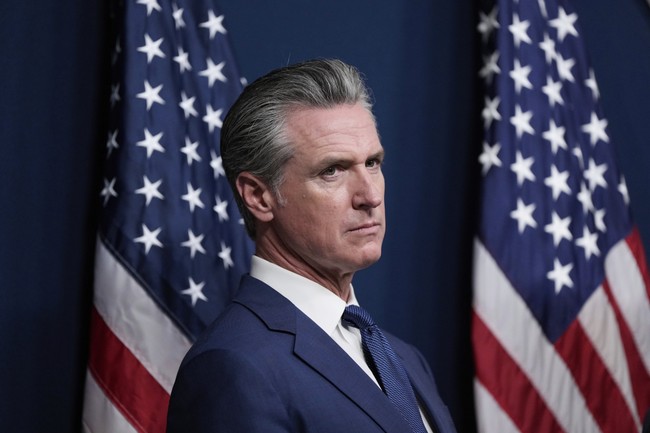Memory, identity, moments in time with Nikhil Chopra
Demolishing silos, dissolving boundaries — both physical and imaginary — and looking beyond possibilities, yet never divorcing a certain vulnerability, a stillness that forces the audience to look within, sometimes in terror, sometimes in gratitude.In artist Nikhil Chopra’s multidisciplinary practice, which engages with themes such as memory and identity, there are neither accidents nor strategies. Only an ever-shifting metaspace where the pendulum decides on a peculiar rhythm, swinging between contemporary social and political concerns, inner demons and the touch of the other world.It can be tough to ‘define’ Chopra, his art and his mind. After stunning the art world with his 2019 nine-day performance at the Metropolitan Museum of Art, New York — the first time in 150 years that a contemporary artiste created a long-durational performance work in the museum — Chopra was ‘back’ in his adopted hometown of Goa, in every sense of the word. Perhaps he left a part of himself in New York. Perhaps he did not.Now, in other news, he is the curator (along with HH Art Spaces, which he co-founded) of the sixth edition of the Kochi-Muziris Biennale 2025, titled ‘For the Time Being’, to be held from December 12 to March 31, which will witness participation by 66 artists/collectives.Conceived as a cluster of ‘moments’ rather than a single event, the Biennale will focus on ‘other ecosystems’ and strategies for survival and nourishment that exist outside the gallery-museum-market framework, with the body as the core of artistic and curatorial inquiry.Chopra, who has always believed in reacting as opposed to acting, hopes to bring that spirit to the forthcoming Biennale. “Remember, one does not create in isolation, but in the context of community and people — reflecting upon the state of the world and the conditions in which we work,” he stresses.For someone whose career began with collaborations, conversations, and dialogues through HH Art Spaces — founded in Goa with his wife Madhavi Gore and artist Romain Loustau, later joined by Shivani Gupta, Shaira Sequeira Shetty, Mario D’Souza, Madhurya Dey, Shruti Pawels, Alex Xela Alphonso, and Divyesh Undaviya — he has never been drawn to the idea of the artist’s studio as an isolated space. “Even a collective needs to be in a constant state of fluidity — ever-evolving, ever-changing, and shape-shifting,” he smiles.Talking about the Biennale — which invites participants to embrace process as methodology and to place friendship economies that have long nurtured artist-led initiatives at the very heart of the exhibition — Chopra asserts: “What do friends do? At the end of the day, they have each other’s back, you know. That is something very valuable to me — to feel the power of love between us, where we can laugh, and also cry. We can fight, but we can also bond. We reflect the way in which we like to live and love, and within that expression lie our models.”He says it is a shared interest, a thread that runs through all of us. “We feed each other’s imagination by creating spaces to share ideas, lean on talents and take risks together. It’s a way to counter this idea of heavy-handed professionalism.”And everyone coming to the Biennale, says the Kolkata-born artist, whether artist or audience, will feel that sense of gathering, collecting, and moving together.Nikhil Chopra. Photo by Sukant DeepakTo select the eclectic mix of artists, the 51-year-old curator did not board a plane and travel across the globe. Instead, he voyaged back in time, remembering people he has encountered over the years and always wanted to collaborate with — the kind who are ready to push boundaries, who aspire for happy accidents, and are unafraid to see the world as it truly is. And artists such as Abul Hisham, Aditya Puthur, Gulammohammed Sheikh and Ratna Gupta came on board, as also works by the late Gieve Patel.“At the end of the day, there is something to be gained from it — honest conversations in a studio, while setting things up in a gallery, helping each other explore, acquiring each other’s practices, and slipping deep, long conversations into the night over whisky about the state of the world and the effect of what we do as artists. This edition is about making connections, as opposed to parachuting into Kochi and then flying out.”Isn’t bringing the Biennale together always a challenge, both emotionally and politically? The curator admits Kerala is a complex and extremely self-aware place. “Where else in the country are such a large number of people so aware of current affairs, cinema, music, and the arts, and, at the same time, so deeply connected to their own cultural roots?” he asks.Ask him if in these times of self-censorship, considering the social and political climate we live in, is subversion not the most important tool, and he points out, “To be able to take politics and not offer it on a platter, but to allow for slippages and cracks through which people realise they are confronting something much deeper than the skin…”He adds: “We have invited a lot of work that will not be overt, but subversive. Believe me, there’s politicking happening in probably every proposal. Kerala allows for difficult conversations to happen with far more ease than most other parts of the country — or even the subcontinent, for that matter.”Considering that performance and ‘moments in time’ have been the highlights of his artistic journey, he says: “The Biennale is a temporary exhibition. It’s something that pops up. It is like a mela that ignites the atmosphere, delights everyone, and leaves you with a memory and anticipation of the next one. There is, automatically, a certain theatricality to the whole event. It’s more of an event than an exhibition — more on a timeline than in space.”And with that Chopra concludes, adjusting his baseball cap to catch a glimpse of the Kochi sky enveloped in dusk, and set for an unpredictable dawn. Just as he likes it.— The writer is a Chandigarh-based freelance journalist










